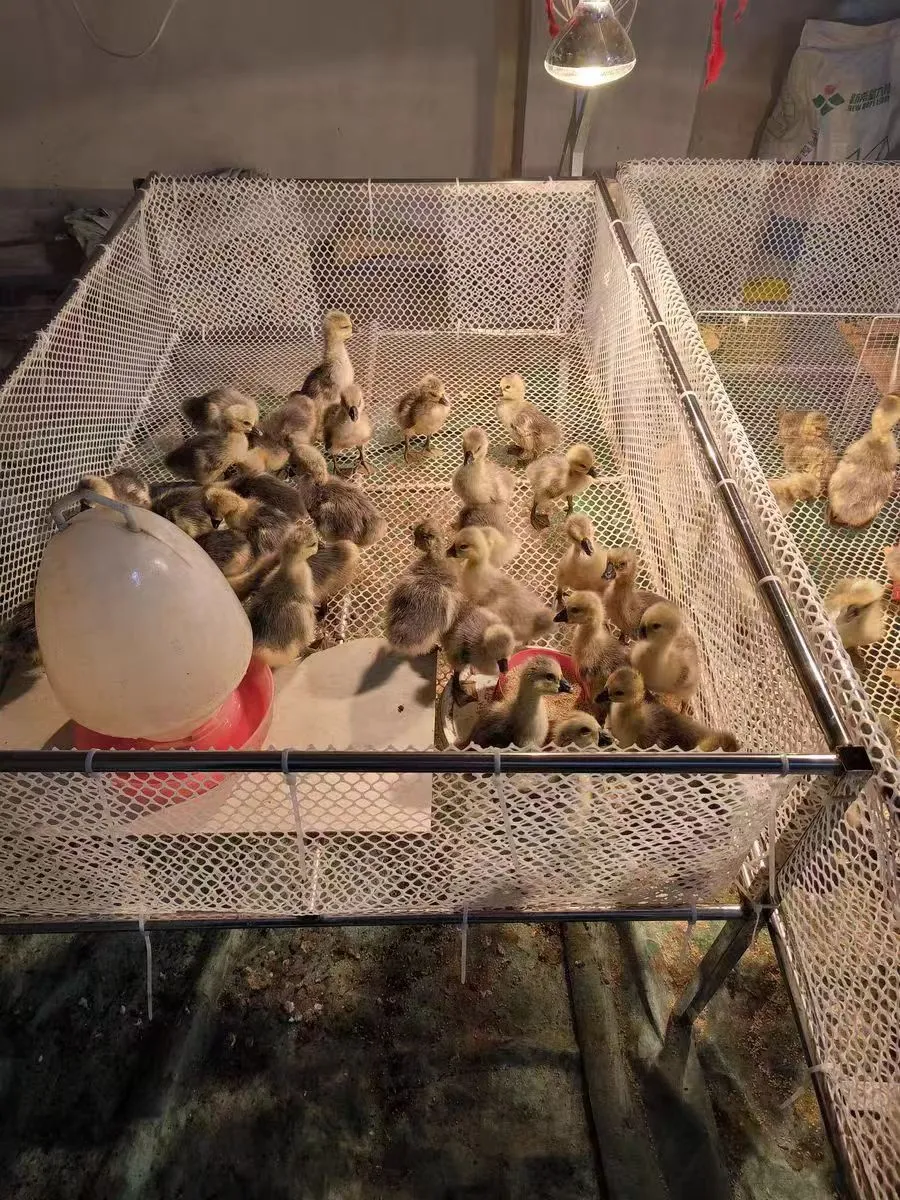-
 Afrikaans
Afrikaans -
 Albanian
Albanian -
 Amharic
Amharic -
 Arabic
Arabic -
 Armenian
Armenian -
 Azerbaijani
Azerbaijani -
 Basque
Basque -
 Belarusian
Belarusian -
 Bengali
Bengali -
 Bosnian
Bosnian -
 Bulgarian
Bulgarian -
 Catalan
Catalan -
 Cebuano
Cebuano -
 China
China -
 Corsican
Corsican -
 Croatian
Croatian -
 Czech
Czech -
 Danish
Danish -
 Dutch
Dutch -
 English
English -
 Esperanto
Esperanto -
 Estonian
Estonian -
 Finnish
Finnish -
 French
French -
 Frisian
Frisian -
 Galician
Galician -
 Georgian
Georgian -
 German
German -
 Greek
Greek -
 Gujarati
Gujarati -
 Haitian Creole
Haitian Creole -
 hausa
hausa -
 hawaiian
hawaiian -
 Hebrew
Hebrew -
 Hindi
Hindi -
 Miao
Miao -
 Hungarian
Hungarian -
 Icelandic
Icelandic -
 igbo
igbo -
 Indonesian
Indonesian -
 irish
irish -
 Italian
Italian -
 Japanese
Japanese -
 Javanese
Javanese -
 Kannada
Kannada -
 kazakh
kazakh -
 Khmer
Khmer -
 Rwandese
Rwandese -
 Korean
Korean -
 Kurdish
Kurdish -
 Kyrgyz
Kyrgyz -
 Lao
Lao -
 Latin
Latin -
 Latvian
Latvian -
 Lithuanian
Lithuanian -
 Luxembourgish
Luxembourgish -
 Macedonian
Macedonian -
 Malgashi
Malgashi -
 Malay
Malay -
 Malayalam
Malayalam -
 Maltese
Maltese -
 Maori
Maori -
 Marathi
Marathi -
 Mongolian
Mongolian -
 Myanmar
Myanmar -
 Nepali
Nepali -
 Norwegian
Norwegian -
 Norwegian
Norwegian -
 Occitan
Occitan -
 Pashto
Pashto -
 Persian
Persian -
 Polish
Polish -
 Portuguese
Portuguese -
 Punjabi
Punjabi -
 Romanian
Romanian -
 Russian
Russian -
 Samoan
Samoan -
 Scottish Gaelic
Scottish Gaelic -
 Serbian
Serbian -
 Sesotho
Sesotho -
 Shona
Shona -
 Sindhi
Sindhi -
 Sinhala
Sinhala -
 Slovak
Slovak -
 Slovenian
Slovenian -
 Somali
Somali -
 Spanish
Spanish -
 Sundanese
Sundanese -
 Swahili
Swahili -
 Swedish
Swedish -
 Tagalog
Tagalog -
 Tajik
Tajik -
 Tamil
Tamil -
 Tatar
Tatar -
 Telugu
Telugu -
 Thai
Thai -
 Turkish
Turkish -
 Turkmen
Turkmen -
 Ukrainian
Ukrainian -
 Urdu
Urdu -
 Uighur
Uighur -
 Uzbek
Uzbek -
 Vietnamese
Vietnamese -
 Welsh
Welsh -
 Bantu
Bantu -
 Yiddish
Yiddish -
 Yoruba
Yoruba -
 Zulu
Zulu
mist netting
The Importance of Mist Netting in Bird Research and Conservation
Mist netting is a widely used technique in ornithology, particularly valuable for the study and conservation of bird species. This method involves using fine mesh nets that are nearly invisible to birds, allowing researchers to capture them for various purposes. While mist netting may seem simple, it plays a pivotal role in understanding avian ecology, behavior, and conservation needs.
One of the primary uses of mist netting is for banding birds. Researchers capture birds, carefully extract them from the nets, and then place a uniquely numbered band on their legs. This process enables scientists to track individual birds over time, gathering valuable data on migration patterns, breeding habits, and population dynamics. By keeping track of these birds, researchers can assess changes in populations due to environmental factors, habitat loss, or climate change.
Moreover, mist netting provides critical insights into species diversity and abundance in different habitats
. By deploying mist nets in various ecosystems—such as forests, wetlands, and urban areas—researchers can document which species are present and in what numbers. This information is vital for biodiversity assessments and can inform conservation strategies. For instance, if a particular species is found to be declining in an area, targeted conservation efforts can be initiated to protect its habitat.mist netting

The technique is also instrumental in studying the health and physiology of birds. Captured individuals can be weighed, measured, and sampled for blood or feathers. These samples can provide information on the birds' diet, stress levels, and overall health. Understanding these factors is crucial for identifying threats to bird populations and devising effective conservation strategies.
However, mist netting must be conducted ethically and responsibly. Researchers follow strict guidelines to minimize stress and harm to the captured birds. Nets are often checked frequently to ensure that birds are not left for extended periods, and the process of handling them is done with utmost care. Additionally, researchers are trained in proper techniques to ensure the safety and well-being of the birds, thereby promoting a sustainable approach to data collection.
In recent years, advances in technology have further enhanced the effectiveness of mist netting. For example, the use of audio lures can attract specific bird species to the nets, allowing researchers to focus on particular populations or behaviors. Additionally, digital tracking devices can be attached to birds, providing real-time data on their movements and interactions within their ecosystems.
In conclusion, mist netting is a fundamental tool in ornithological research and conservation. It offers invaluable data that aids in understanding bird populations, their health, and the challenges they face. Responsible and ethical practice of mist netting not only contributes to scientific knowledge but also plays a crucial role in the conservation of avian species and their habitats. As we move forward, continued support for this research method is essential for the preservation of biodiversity and the health of our ecosystems.
-
Shipping Plastic Bags for Every NeedNewsJul.24,2025
-
Safety Netting: Your Shield in ConstructionNewsJul.24,2025
-
Plastic Mesh Netting for Everyday UseNewsJul.24,2025
-
Nylon Netting for Every UseNewsJul.24,2025
-
Mesh Breeder Box for Fish TanksNewsJul.24,2025
-
Expanded Steel Mesh Offers Durable VersatilityNewsJul.24,2025











